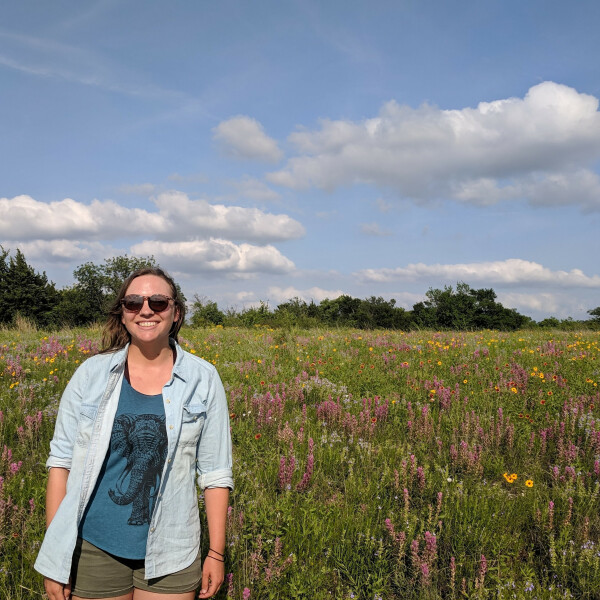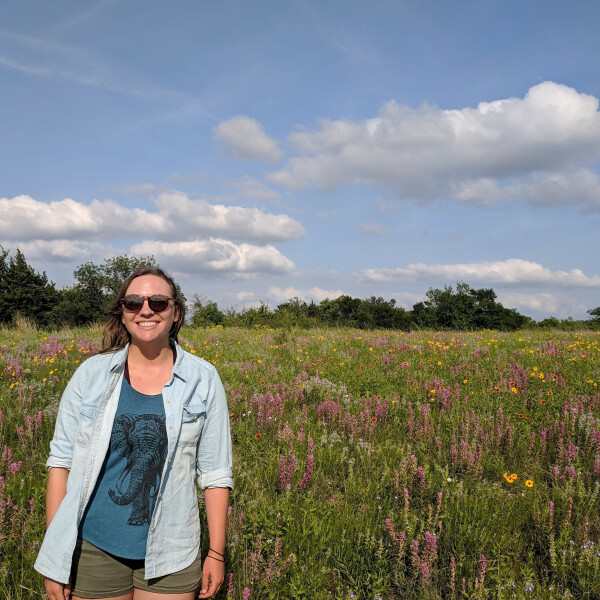
Comparing differences in floral color and in pollinator communities within and among species of Castilleja (paintbrushes) 2020
Remote
Flowers can differ in their color, shape, scent, and rewards offered to pollinators, and differences in these floral traits are often used as taxonomic characters to differentiate plant species. Floral traits also serve as important signals to pollinators, and they may determine which plants are most attractive to pollinators and therefore which plants reproduce more successfully. When floral traits vary within a single plant species or among close relatives, this raises questions about how this variation arose and what forces may be driving these differences. Because pollinators play important roles in shaping the reproduction of most flowering plants, and because different types of pollinators prefer different floral traits, the role of pollinators is often investigated as a driver of divergence in floral traits within and among plant species.
This project will compare the degree to which plant populations differ in terms of floral color and in terms of their pollinator communities. Using previously collected digital images and videos from 20 populations of 4 species of Castilleja, this project will address the questions: 1) Do populations that differ more in floral color also differ in which pollinators visit these flowers? and 2) Do certain types of pollinators visit certain colors of flowers more frequently? By investigating these questions, this study will improve our understanding of how floral diversity arises and how pollinators shape the evolution of flowering plants.



